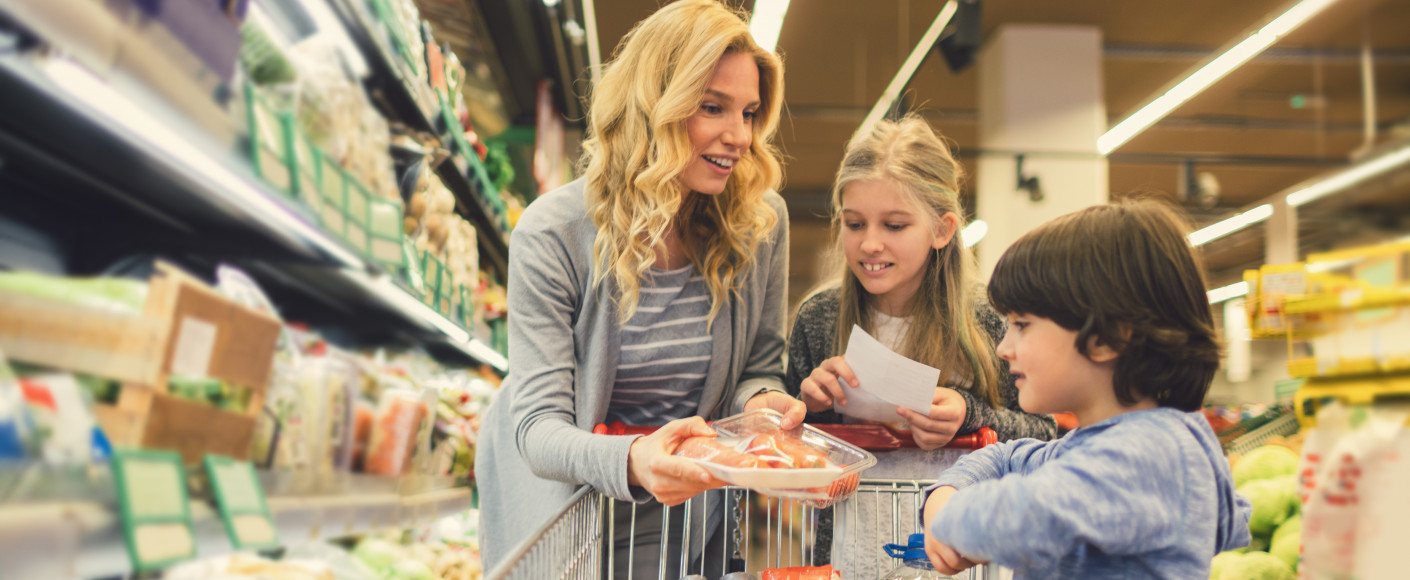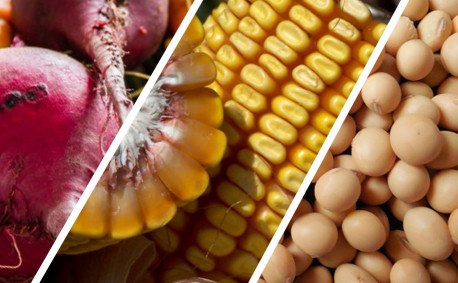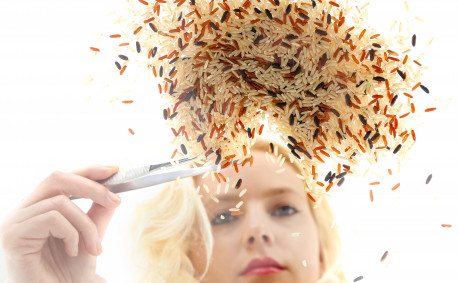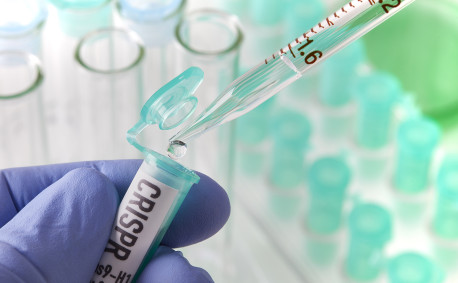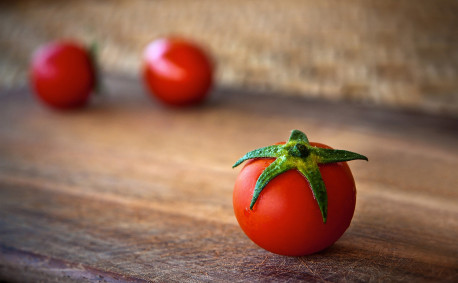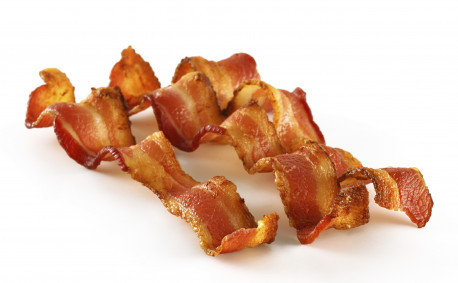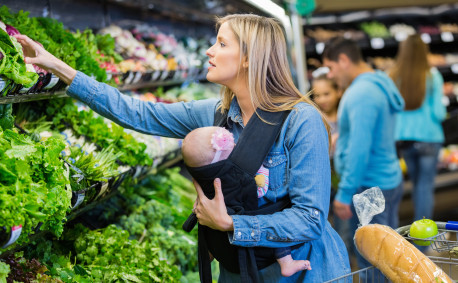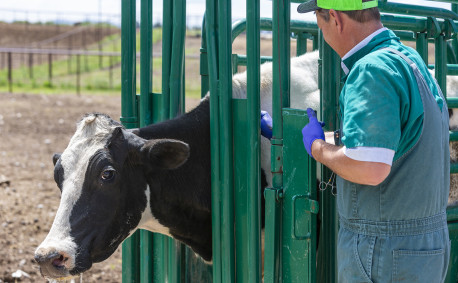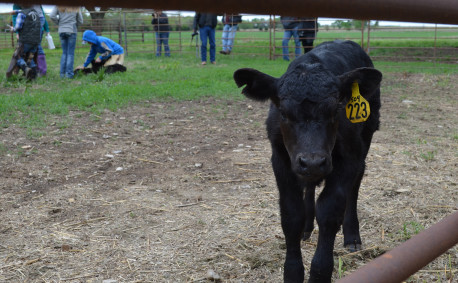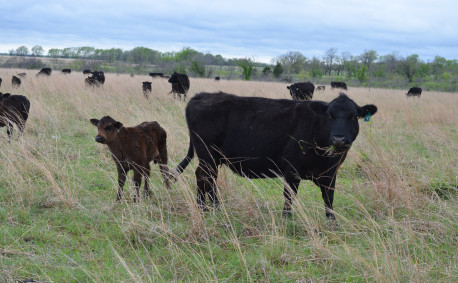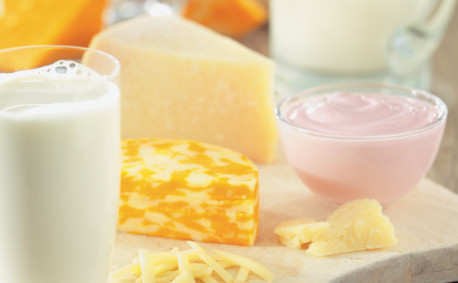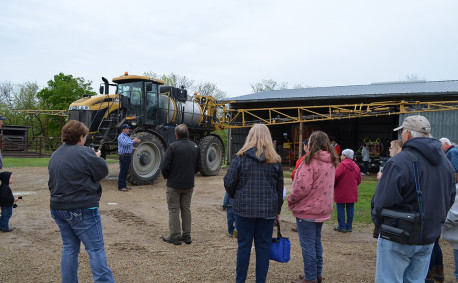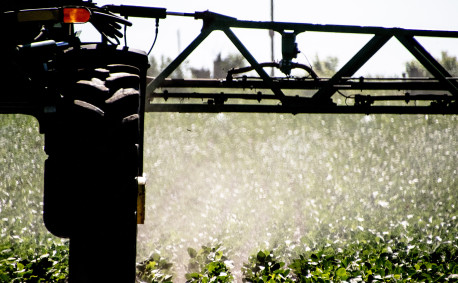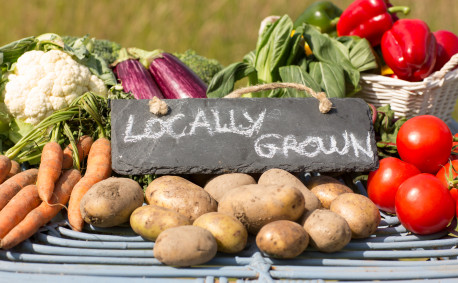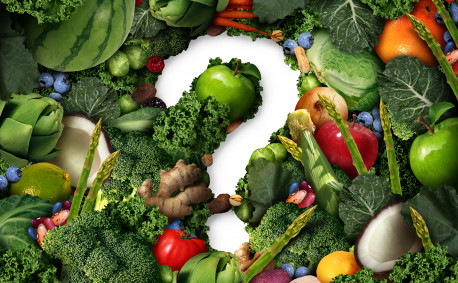Making Smart Food Choices
“What’s for dinner?”
The answer used to be so simple. You’d have a recipe in mind that checked all the boxes for your household:
- Tastes good
- Good for you
- Affordable
- Contains ingredients you can easily find
- Easy to prepare with your schedule
- Works with any dietary restrictions
More and more, we’re thinking beyond this simple checklist and taking into account how food is produced. We love that! But, here’s the rub: Certain buzzwords can raise alarms about how your food is made without much information behind them.
Take common terms like GMOs, organic, antibiotic-free and no added hormones. You’ve seen them, right? Walk down the aisles of your grocery store and chances are they’ve called to you from the packaging on your food. “Pick me!” they say. “I’m better than the food without the label!”
Is that really the case?
The very fact that companies highlight these buzzwords makes us think they must be better. Why else would they put these terms on the label? They have to be good, right? Then, we start to wonder whether a similar food without the label is bad, maybe even unsafe.
And there we are in the grocery, holding a package of chicken that doesn’t have an antibiotic-free label on it, frozen with worry that it might have harmful chemicals or that the chickens were raised inhumanely.
This is when the simple act of feeding our families feels so complex.
To help you make better food choices for your family, we’re going to take a closer look at some of the buzzwords you see at the grocery store.
Genetically Modified Organisms (GMOs) and Other Food Technologies
There are only a handful of GMO foods — corn, soy, canola and a few others. Those are thoroughly tested by the Food and Drug Administration (FDA), the Department of Agriculture and the Environmental Protection Agency (EPA) to make sure they are safe to eat and safe for the environment before they’re made available to the public.
Take corn, for example. Genetic modifications have enabled farmers to increase their yield (grow more with the same resources) and reduce pesticide and herbicide treatments during growing. A recent study showed GMO corn is as safe, if not safer, than non-GMO corn. Plus, GMOs help farmers provide more food and fiber to feed and clothe the world’s growing population.
Organic Food
Every year, social media feeds blow up with stories about pesticides in produce, complete with a handy list of which fruits and vegetables have the highest amounts of pesticides. “Buy organic!” these articles scream at us.
What these stories leave out is pretty important. Organic does not mean pesticide-free. Even organic produce can have pesticide residue because the guidelines on growing organic foods in the United States allow for certain pesticides to be used on these plants.
The levels found in different produce are compared to each other, not to levels of toxicity.
The EPA conducted a review and found the actual pesticide levels on fruits and vegetables in our grocery stores were well below any amount that would cause “appreciable risk of harm” over time — about 75 percent of the produce tested was only one ten-thousandth (1/10,000) of those potentially hazardous levels. (For a great visual of one-time versus chronic levels of toxicity in various foods and chemicals, check out this piece from Thoughtscapism. You’ll notice organic pesticides and insecticides made these lists!)
Produce isn't the only type of food with organic labeling. Livestock and other arigultural products may be considered organic, provided they adhere to USDA standards.
Antibiotics
“All meat is antibiotic-free. There is no antibiotic residue in the meat you buy.” –Austin Heiniger
When a label says antibiotic free, it means those animals were never treated with antibiotics during the course of their lives. Many cattle farmers and ranchers we’ve spoken with say that’s inhumane. Those animals often have a higher mortality rate and can’t enter the food system.
Antibiotics help farmers take care of the health and wellbeing of their animals. Farmers and ranchers only administer them when necessary and according to careful dosing guidelines. The reason those antibiotics do not make their way into our food system is because there’s a very clearly defined waiting period between administration and when an animal can be processed, which is regulated by the FDA. This waiting period ensures the animal will no longer be ill and the antibiotic will have safely cleared its system.
Just as we only take antibiotics when we’re sick and our bodies can’t fight infections on their own, farmers only treat animals with antibiotics when they’re sick and absolutely need it. To not treat an animal means that animal will falter and might even die due to a treatable illness. For farmers to lose an animal needlessly is devastating.
Hormones
All living organisms — plants, animals and people — produce hormones. They’re vital to various functions. Many people wonder if consuming food from animals treated with hormones will affect their own bodies’ balance. The bottom line is no, not in an appreciable way, because the numbers are so low compared to what our own bodies produce every day.
Looking at estrogenic levels of food like meat and dairy, you might be surprised to learn pinto beans have a level of 900,000 nanograms of activity versus just 7 for beef and 32 for milk. What does that mean in human terms? A pregnant woman produces about 19,600,000 nanograms of estrogen a day and a non-pregnant woman produces about 513,000 nanograms a day.
Not only are hormones in meat and dairy low, they are also safe to consume. Our stomachs break them down like any other proteins and they do not pass into our bloodstreams.
Fertilizer, Pesticides and Other Chemicals
"Chemicals" is another food production buzzword. It sounds scary, but everything is made up of chemicals. So are these compounds really bad for us? The short answer is no. Fertilizer and pesticides are key tools for farmers to grow some of the tasty ingredients we use every day. Learn about how your food is produced from trusted sources such as the people who are growing it.
Feeding Your Family
We hope this addresses some of the concerns you may have while grocery shopping and that it helps you make the best decisions for your family.

